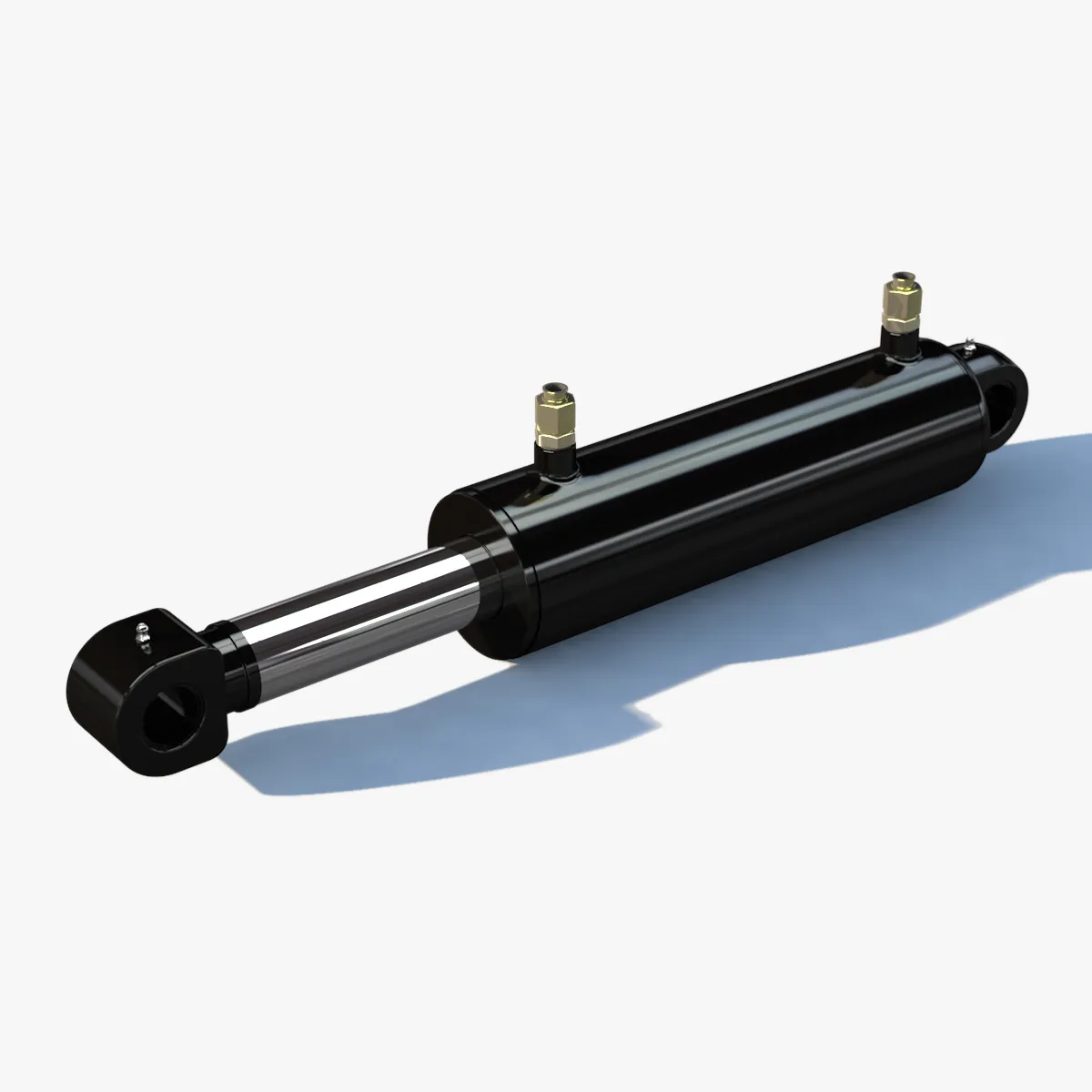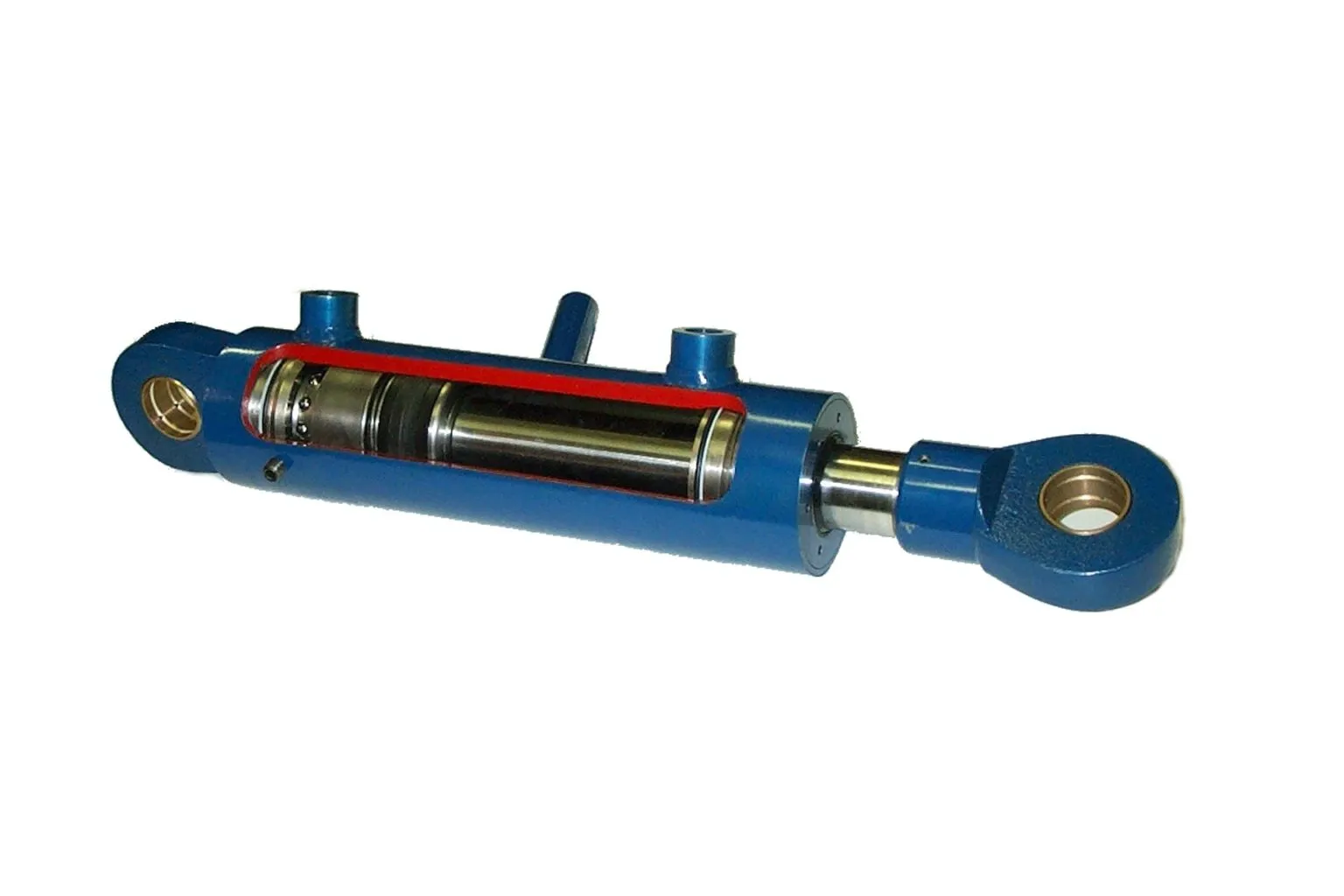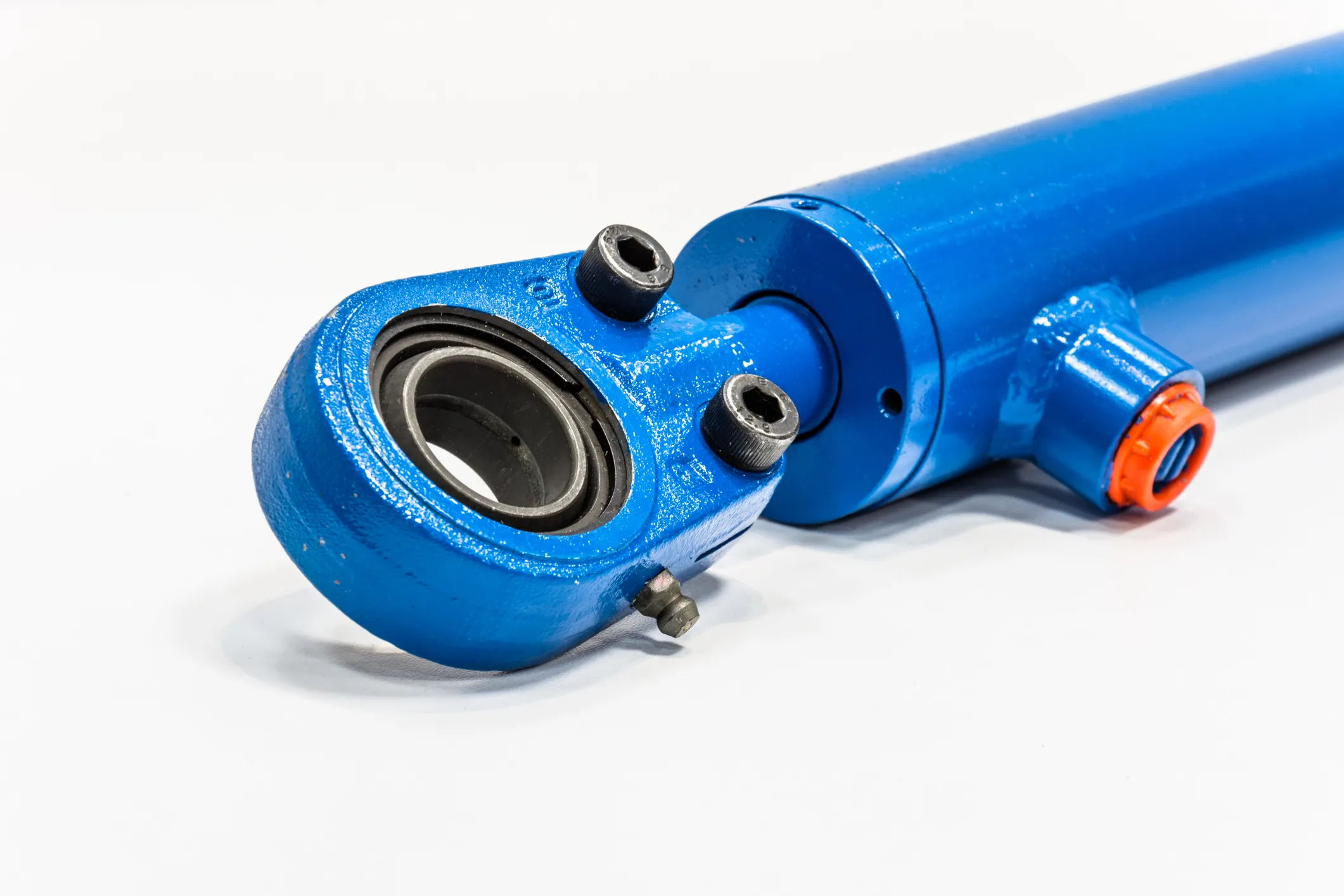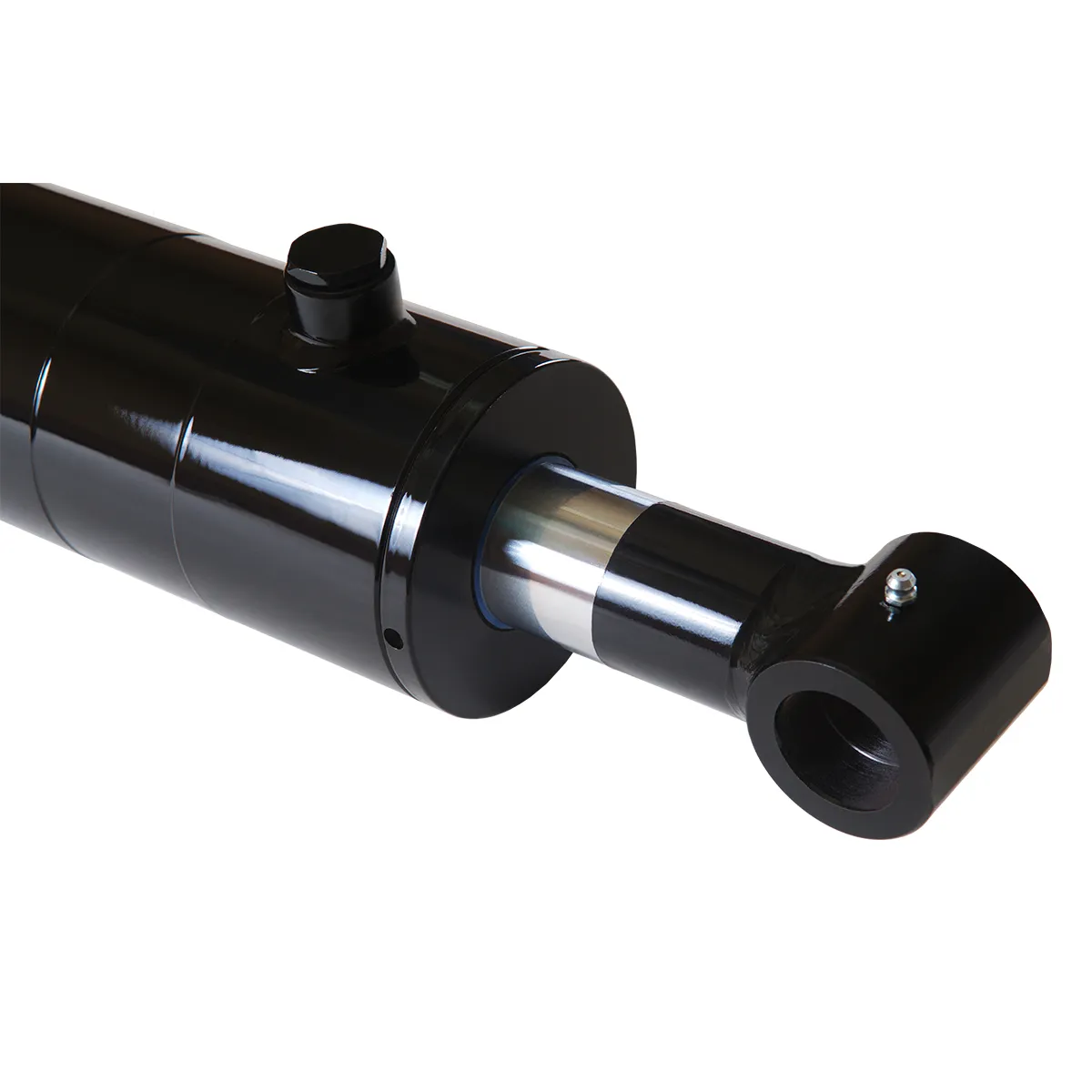Unlocking the Potential: Understanding the Locking Single-Acting Hydraulic Cylinder

Introduction
The locking single-acting hydraulic cylinder is a unique piece of equipment that operates under hydraulic pressure in one direction and features a locking function to prevent movement in the absence of pressure. In this article, we will delve into the design, construction, working principle, benefits, applications, maintenance, and more of this specialized hydraulic cylinder.
Design and Construction
Locking Mechanism – Safety
The main highlight of the locking single-acting hydraulic cylinder is its locking mechanism, which ensures that the piston remains in a safe position even when hydraulic pressure is lost. This can be achieved through mechanical locks or hydraulic locks tailored to specific applications.
Variety
The design of the locking mechanism can be customized with options like spring-loaded devices, pin locks, or other mechanical locks. This offers flexibility to cater to diverse application requirements.
Compact Structure – Space Optimization
These hydraulic cylinders are crafted to be compact, making them ideal for use in space-constrained environments. They are precision-manufactured with high-precision machining and undergo rigorous quality control processes.
Assembly Process
Specialized assembly by skilled technicians ensures proper installation and calibration of components. Post-assembly, pressure testing is conducted to verify performance and leak-tightness.
Working Principle
Single-Acting Mechanism
When hydraulic oil is pumped into the chamber, the cylinder extends and propels the piston outward. The retraction is controlled by a locking mechanism rather than hydraulic pressure.
Locking Mechanism
Whether mechanical or hydraulic, the locking function prevents the piston from retracting under load, ensuring safety even in the event of hydraulic system failure.
Types and Configurations
Customized Options
There are various types and configurations available for locking single-acting hydraulic cylinders, each tailored to specific needs. Examples include spring return cylinders, pin lock cylinders, and more.
Application Scenarios
From construction equipment to manufacturing, transportation, and aviation, these cylinders find diverse applications where secure locking mechanisms are crucial for safety and efficiency.
Benefits
Enhanced Security
The locking feature minimizes the risk of accidental retractions, enhancing operator safety in critical applications.
Reliability
Designed to perform consistently under high loads and varying conditions, these cylinders offer reliable operation.
Simplicity

Easy to use and maintain, these cylinders are user-friendly and suitable for a wide range of applications.
Design Considerations and Selection Criteria
Bearing Capacity
Understanding the load-bearing capacity of the cylinder is crucial for selecting the right model for the application.
Sealing and Durability
Proper sealing, durability, safety features, and ease of maintenance should be considered during the selection process.
Sealing and Lubrication
Seal Materials
Piston seals, rod seals, and wear-resistant materials like polyurethane and nitrile rubber are used for effective sealing. Regular lubrication with hydraulic oil is essential to maintain optimal performance.
Maintenance and Preventive Measures
Regular Inspection
Implementing regular inspections and preventive maintenance measures can prolong the lifespan of the hydraulic cylinder and ensure optimal performance.
Correct Installation
Following the correct installation procedures and utilizing appropriate mounting brackets is essential for the safe and efficient operation of the cylinder.
Safety Considerations
Emphasizing safety measures and considering environmental factors while using the hydraulic cylinder is paramount to prevent accidents and ensure operator safety.
Unit Power Considerations
Factors Influencing Power
Cylinder diameter, stroke length, operating pressure, piston speed, and load conditions are key factors that influence the power output of the hydraulic system.

Optimizing Power Unit
Advantages
Optimizing the power unit of the locking single-acting hydraulic cylinder can enhance efficiency, save energy, and improve overall reliability of the equipment.
FAQs
How does the locking mechanism in a single-acting hydraulic cylinder work?
The locking mechanism prevents the piston from retracting under load, ensuring safety in case of hydraulic system failure.
What advantages do locking single-acting hydraulic cylinders offer over standard cylinders?
Locking cylinders provide enhanced security, reliability, and simplicity, making them ideal for critical applications.

Where are locking single-acting hydraulic cylinders commonly used?
These cylinders find applications in construction equipment, manufacturing, transportation, aviation, and more, where secure locking mechanisms are essential.
Long-Tail Keywords
1. Customized Locking Single-Acting Hydraulic Cylinder: Tailored solutions for unique applications.
2. Precision Locking Mechanism in Hydraulic Cylinders: Ensuring safety and reliability in critical operations.
3. Compact Design for Space-Constrained Environments: Optimizing efficiency in limited spaces.
Company Focus
We are a leading hydraulic cylinder manufacturer known for our diverse product line, international certifications, customized services, advanced production equipment, and reliable after-sales support.
Author: lyl
